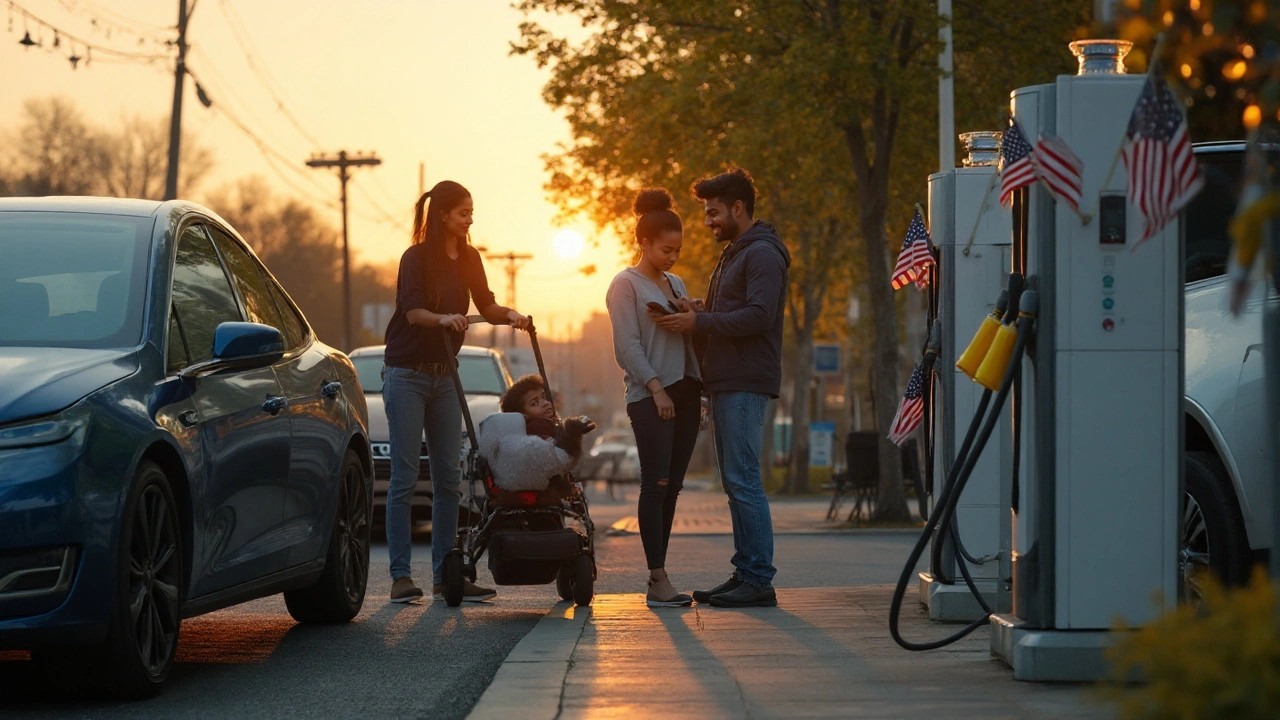Autonomous Driving: What Car Owners Need to Know
Cars with autonomous features are already on the road. You might have adaptive cruise control, lane keep assist, or automated parking without even realizing it. These systems change how we buy, maintain, and repair cars. Knowing the basics helps you avoid costly surprises.
How autonomous systems work — simple and clear
Most modern self-driving features are part of ADAS (Advanced Driver Assistance Systems). ADAS combines sensors, cameras, radar, sometimes LiDAR, and software to read the road and help the driver. Sensors detect distance and speed. Cameras read lane markings and signs. The software fuses that data and tells brakes or steering what to do.
Autonomy is graded in levels from 0 to 5. Level 0 means no automation. Level 1 and 2 add single or combined features like cruise control plus lane assist. Levels 3 to 5 move toward hands-off and full self-driving. Today, most consumer cars fall in Levels 1–2.
Maintenance, parts, and what to check
Sensors and cameras are now critical car parts. Keep them clean and free of stickers or grills. A dirty camera can make lane-keeping fail. Check for cracked sensor covers after bumps or car washes. Small damages cause big calibration errors.
After any collision or front-end work, always ask for ADAS calibration. Replacing a bumper, windshield, or headlight can shift sensors. Proper calibration requires specialized tools and should be done at a qualified shop.
Software updates matter. Many ADAS improvements arrive as software patches. If the car is used, confirm the owner kept updates current. Ask dealers whether features require paid subscriptions for maps or cloud services.
When replacing parts, prefer OEM or approved aftermarket parts for sensors and wiring. Cheap replacements can destroy a system’s reliability. Also check the vehicle’s ECU and wiring harnesses for corrosion or loose connectors—those cause intermittent failures that are hard to diagnose.
Battery health affects autonomous features, too. Low voltage can disable sensors or critical modules. If you notice unexplained warnings or reduced system performance, have the 12V and main battery checked.
Buying a used car with autonomous features? Request service records showing sensor checks, calibrations, and software updates. Test every automated feature yourself on a safe road. Watch for inconsistent behavior like phantom braking, poor lane centering, or delayed responses. These are red flags.
Insurance and legal rules are changing. Check local laws about assisted driving and what your insurance covers. Some systems require you to stay ready to take control at any time—don’t treat them as full autopilot unless the car is rated and tested for it.
If you own or work on cars, learn basic ADAS diagnostics: check camera alignment, test radar range from a safe distance, and read fault codes from diagnostic tools. If you’re unsure, choose a shop experienced in ADAS repairs.
Autonomous tech adds convenience but also new responsibilities. Keep sensors clean, insist on proper calibration, keep software updated, and buy parts you can trust. Do that and the technology will make driving safer and easier without surprises.

Automobiles in the Digital Age: 2025 Trends in EVs, Autonomy, and Software-Defined Cars
What’s next for cars in 2025? Clear answers on EV vs hybrid, autonomy you can trust, software updates, subscriptions, charging, costs, and privacy-without the hype.

